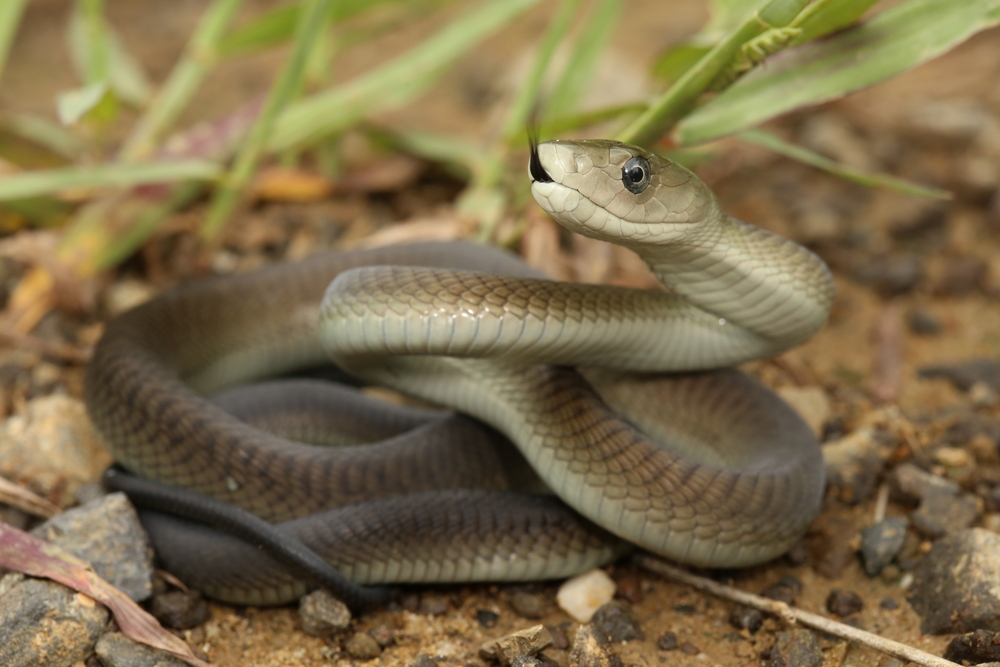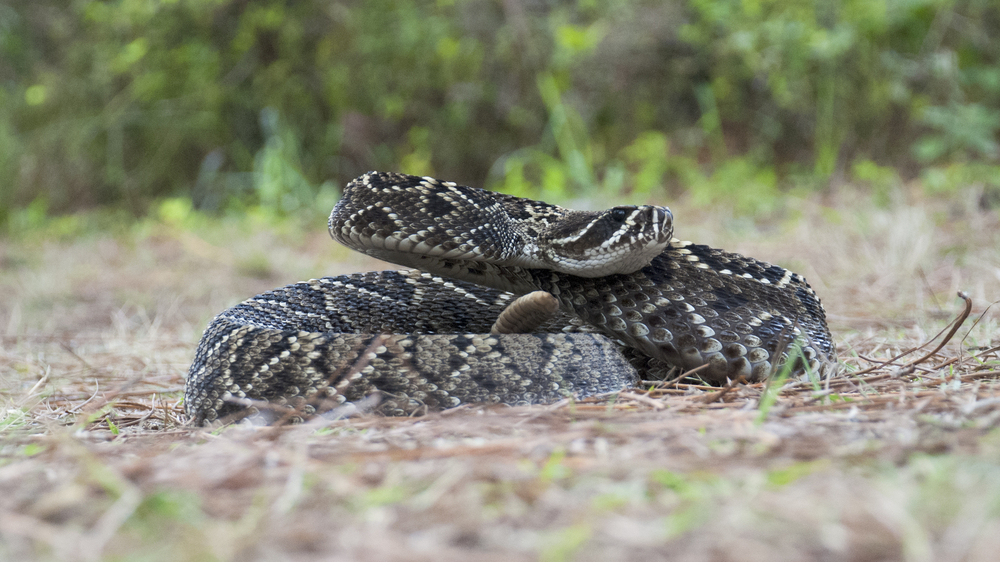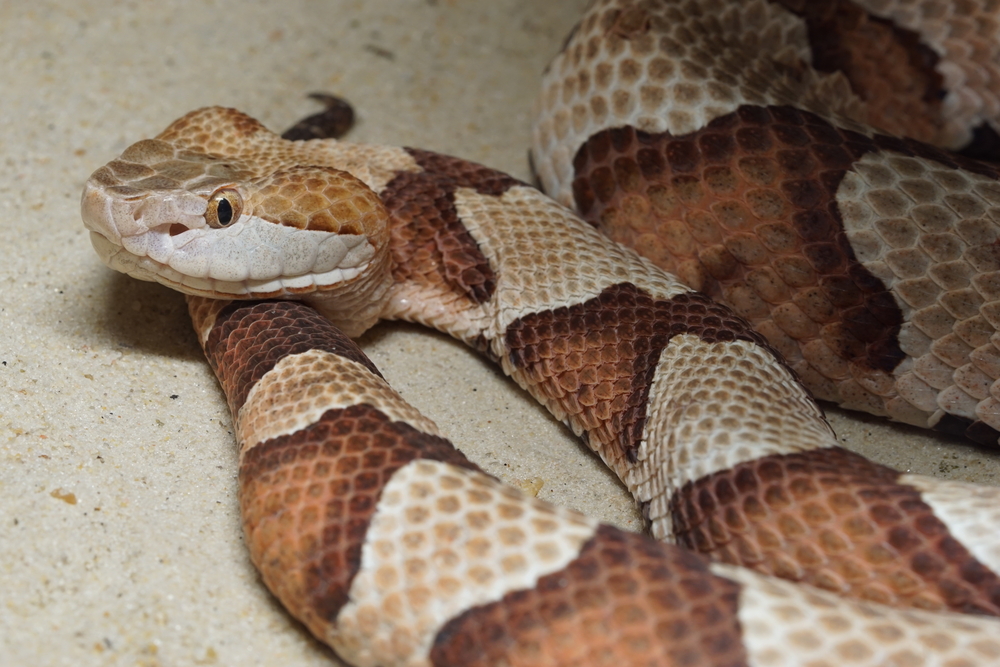Copperhead snakes (Agkistrodon contortrix) exhibit some variability in color, but they generally have a consistent color pattern across their range. This pattern typically includes:
- Body Color: The background color of their bodies ranges from a light tan to a pinkish-tan hue.
- Crossbands: The distinctive hourglass-shaped crossbands are usually a coppery, reddish-brown color. The intensity and shade of this reddish-brown color can vary somewhat among individuals.
- Head Color: True to their name, Copperheads have a coppery-red or reddish-brown head.
The variations in coloration are usually subtle and more about intensity or shade rather than completely different color schemes. These variations can be influenced by factors such as geography, age, diet, and environmental conditions. For example, Copperheads from different regions may exhibit slightly different shades of coloration.
However, it’s important to note that these variations are within a relatively narrow range, and the overall pattern of light background with darker crossbands is quite consistent across the species. This coloration is a critical adaptation for camouflage in their natural habitats, aiding in their hunting strategy and protection from predators.


















































































